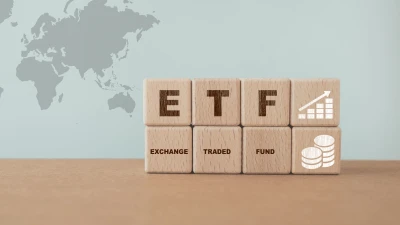AMP Capital questions whether stimulus package is enough



The Australian prime minister, Scott Morrison, has announced a $17.6 billion stimulus package, which will include a 42.4 billion health package and hospital funding to the states and territories, to help offset the economic risks from the coronavirus but AMP Capital reckons it does not deliver enough.
According to AMP Capital’s senior economist, Diana Mousina, the package would aim to provide some cash flow to the economy by:
- An increase in the instant asset write off threshold for small/medium sized businesses – this is done to boost business investment;
- Allowing higher depreciation deductions for small/medium sized businesses – also done to boost business investment;
- Tax-free cash payments to small/medium sized businesses;
- Wage subsidy for employers of apprentices/trainees;
- One-off $750 payment to households who are on welfare payments and pensioners. This would start from 31 March and will go to 6.5 million households; and
- Setting up a specific fund to help regions and communities impacted by the COVID-19 – specifically education, tourism and agriculture providers
At the same time, AMP Capital said the key question was whether the stimulus would be enough to ward off an Australian recession.
“We think no. The hit to GDP growth in the March quarter from lower Chinese tourist and education spending, along with the impact to the bushfires will be large (around 0.7% of GDP), at a time when the Australian economy is already in a weak position,” she said.
Following this, June quarter GDP growth will be impacted by the rest of world (ex China) dealing with the coronavirus and we would see a Eurozone and US recession also this year which would be another negative impact to Australian export growth. On top of that, any further outbreak of the virus domestically would slow spending broadly, Mousina said.
The fiscal stimulus package would only help in limiting the depth of the Australian recession and should help the unemployment from rising too far with the expected unemployment rate to be around 5.5% this year – it is currently 5.3%.
Recommended for you
VanEck is expanding its fixed income range with a new ETF this week to complement its existing subordinated debt strategy which has received $1 billion in inflows this year.
Specialist global equities manager Nanuk has celebrated 10 years of its flagship New World Fund and is actively considering its next possible vehicle.
Australian equities manager Datt Capital has built a retail-friendly version of its small-cap strategy for advisers, previously only available for wholesale investors.
The dominance of passive funds is having a knock-on effect on Australia’s M&A environment by creating a less responsive shareholder base, according to law firm Minter Ellison.












